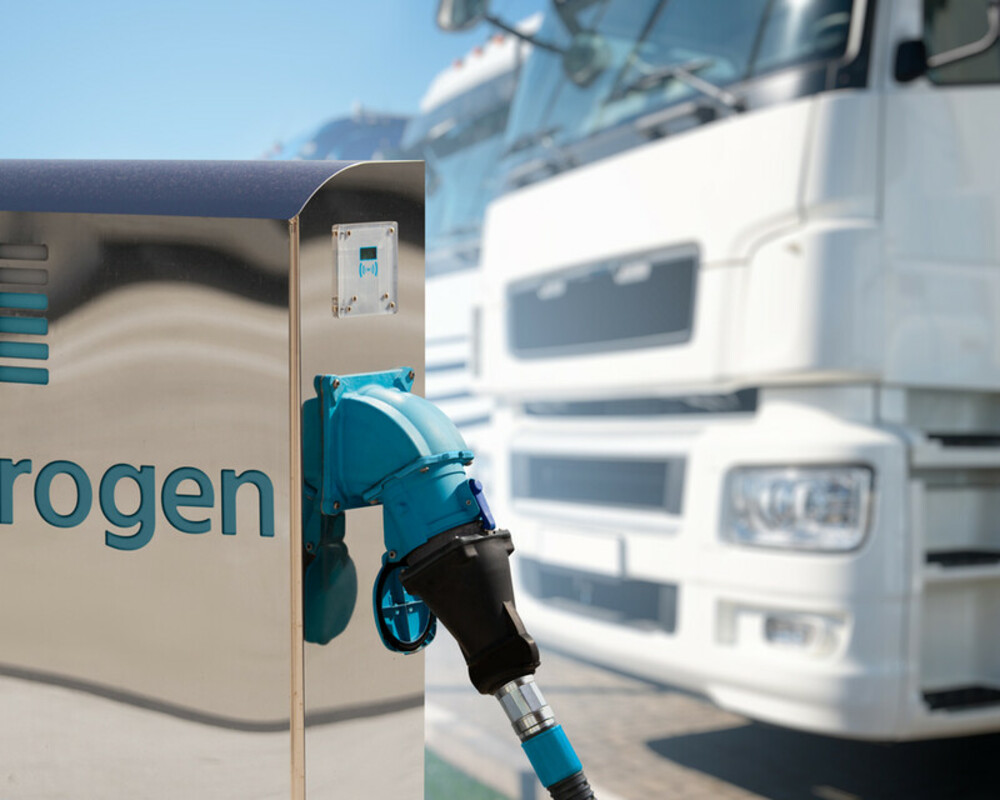Aligning with Our Customers
We partner with our customers in the Aerospace and Defense, Automotive, Consumer Electronics, Energy, Industrial, Semiconductor and Telecommunications markets to enable and optimize their cutting-edge applications. Whether addressing a problem that requires higher strength, fracture toughness, thermal conductivity, stiffness or corrosion resistance, our portfolio of materials solutions will meet those challenges. And, you can count on Materion engineers and materials experts to deliver the specialized solutions you need to meet your project goals and market demands.



